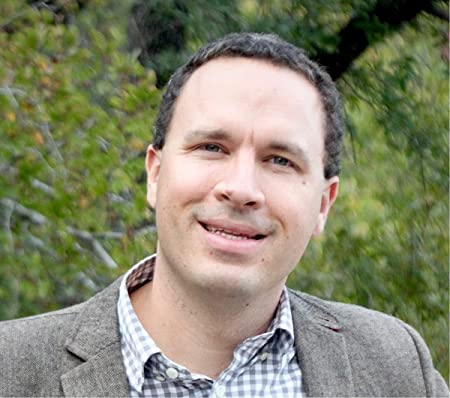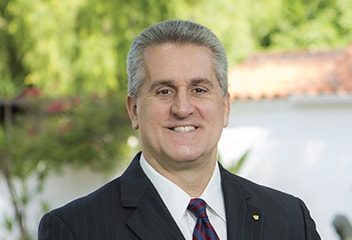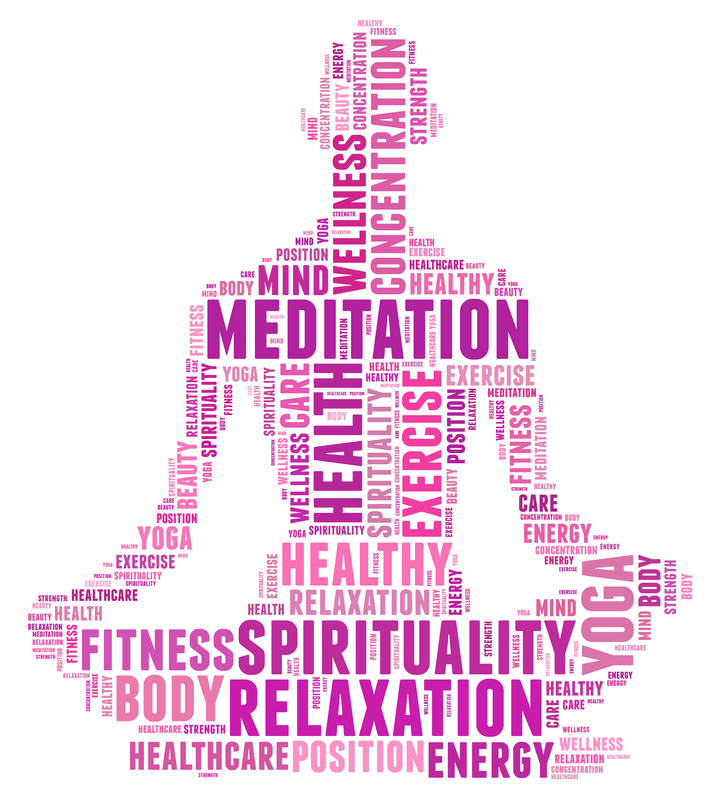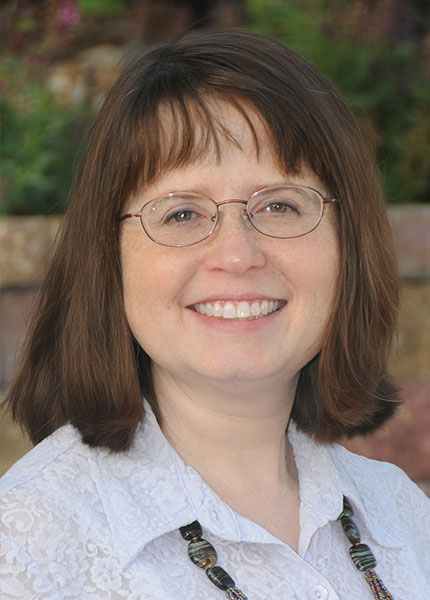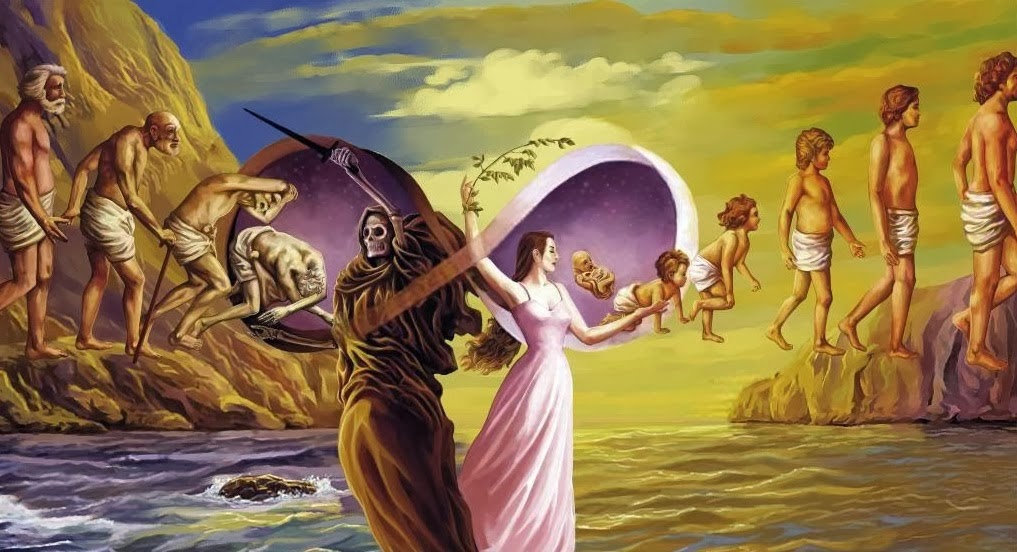“I have found that the canon of Scripture is the single most fruitful topic to discuss with Protestant friends. The canon is the set of books that make up the Bible—Scripture’s “table of contents”—and it is one of the most important issues between Catholics and Protestants for two reasons: first, because the Catholic and Protestant canons differ (Catholics have seventy-three books in their canon and Protestants have sixty-six); second, because Protestants believe in a doctrine called sola scriptura or “the Bible alone.”
Sola scriptura means that only the Bible is the sole, infallible rule of faith and the sole source of public revelation given by God to man. Under this doctrine, Scripture is the first, best, and ultimate depository for divine truth, as well as the only one that is without error, having been inspired by God himself, who cannot lie.
But for sola scriptura to be true, we must first be able to know which books, exactly, make up Scripture (i.e., the biblical canon). We must also know this biblical canon with a certainty strong enough to bind our consciences. After all, if we believe that God inspired books to be written such that they are without error but we don’t know which books those are, we are left in the unacceptable position of not knowing whether a given book is inspired (and therefore inerrant) or whether it is just another book written from the mind of a human being.
Martin Luther was not afraid to challenge the canon of Scripture. He relegated four New Testament books to an appendix, denying that they were divinely inspired. Though this alteration of the New Testament wasn’t adopted by the Protestant movements, his alteration of the Old Testament was, and by the end of the Reformation Protestantism had removed seven books (the deuterocanonicals) from the Old Testament canon.
This means if Protestantism is true, God allowed the early Church to put seven books in the Bible that didn’t belong there.
Why Protestants changed their canon
The Protestants rejected the books for several reasons, two of which we will focus on here. The first was a “problematic” passage in 2 Maccabees, and the second was their desire to go “back to the sources”—ad fontes—which to them meant using the same books that the Jews had decided upon.
2 Maccabees included a laudatory reference to prayers for the dead, a practice that the Catholic Church had encouraged for assisting the souls in purgatory. Recall Luther’s protest of the sale of indulgences to remove the temporal punishment due for already forgiven sins—punishment that must be paid before a soul would be fit to enter heaven. Luther and the Reformers rejected purgatory, so all that was connected with it also had to go: indulgences, prayers for the dead, and the communion of saints (which includes those both living and asleep in Christ).
The Reformers pointed out that these seven books were not included in the Jewish Hebrew Bible. For that reason, they argued, the books should not be accepted by Christians. Some Protestant apologists seek to bolster this claim by mentioning the theory that, around A.D. 90, a council of Jews at Jamnia explicitly rejected these books. (The consensus among modern scholars is that the Jews closed their canon closer to the end of the second century A.D.)
Others like to point out that some Church Fathers rejected one or more of these books. They strengthen this argument with the testimony of Josephus and Philo—two Jews from the first century—who also did not accept them.
Why the deuterocanonicals are inspired
Because Catholicism is true, the church Christ founded, and not the Jews, possessed the authority and divine guidance to discern the Old Testament canon.
A little historical background is needed here. The first Greek translation of the Hebrew Old Testament, used during Jesus’ time, was called the Septuagint. It was an evolving set of books that was added to from the third century B.C. until the time of Christ. It remains the most ancient translation of the Old Testament that we have today and so is used to correct the errors that crept into the Hebrew (Masoretic) text, the oldest extant manuscripts of which date only from the ninth century.
The Septuagint was used extensively in the Near East by rabbis, and in the first century the apostles quoted prophecies from it in the books that became the New Testament. It was accepted as authoritative by the Jews of Alexandria and then by all Jews in Greek-speaking countries.
By the time of Christ, the Septuagint contained the deuterocanonical books. The majority of Old Testament quotes made by the New Testament authors come from the Septuagint. In fact, the early Church used the Septuagint as its primary Old Testament source until the fifth century. Its importance cannot be overstated.
Historical evidence also shows that there were multiple, conflicting Jewish canons at the time of Christ. Protestants claim that the Hebrew canon was closed at the time of Christ. But let’s stop and think about that: How could the Jews close their canon when they were still awaiting the advent of the new Elijah (John the Baptist) and the new Moses (Jesus)?
Recall that Malachi 4:5 tells us that God would send a new Elijah the prophet: “Behold I will send you Elias the prophet, before the coming of the great and dreadful day of the Lord.” We know from John 1:19-25 that the Jews were eagerly awaiting this new Elijah, as well as the new Moses.
Since many prophets in the Old Covenant had been inspired by God to write books, it only makes sense that the Jews would expect these two great prophets to write books as well. Closing the Hebrew canon before the prophets’ advent, then, would have been unthinkable.
Timothy Michael Law, in his new book When God Spoke Greek, has demonstrated that the Jews did not close their canon until the second century A.D. This fact renders the (alleged) Jewish council’s decision at Jamnia moot. It should be noted that most scholars today doubt that any such council ever took place.
But even if it did, would Jewish leaders possess the authority to make a decision binding upon the Christian Church? Those Jews who had accepted Christ had already become Christians. The remainder had no authority to decide anything about divine truth, as that authority had passed to those filled with the Holy Spirit (i.e., the apostles). The same goes for the opinions of Josephus and Philo. The Jews did not have the authority to decide the canon. The Church did.
Law also shows that the Greek Septuagint is a witness to an, at times, even more ancient textual stream of the Hebrew scriptures when compared with the Masoretic text. Ironically, this meant that the Reformers goofed when they relied upon the Masoretic text and the (truncated) Hebrew canon in their attempt to go “back to the original sources.” They should have used the Septuagint translation and included the seven deuterocanonical books! Thus the argument that Christians should base their Old Testament off of the Hebrew Bible rather than the Greek Septuagint is dubious.
Regarding Church Fathers doubting the deuterocanonical books, it is true that several rejected one or more of them or put them on a level lower than the rest of Scripture. But many, including those with doubts, quoted them as Scripture with no distinction from the rest of the Bible.
The broader fact is that the testimony of the Fathers was not unanimous on the Old Testament canon. Even Jerome, the great biblical scholar, early in his career favored the Hebrew canon but then changed his mind and submitted his opinion to the wisdom of the Church, accepting the deuterocanonicals as Scripture (ccel.org/ccel/schaff/npnf203.vi.xii.ii.xxvii.html).
Finally, it should be pointed out that Protestants seeking to defend their canon based on historical evidence—even if they are convinced they have found sufficient proof—run into an insurmountable problem: Nowhere in Scripture does it say that this is the way to know which books belong in the canon. Such a criterion for choosing the canon in fact contradicts sola scriptura, because it is an extra-biblical principle.
A consistent Protestant argument for selecting the canon of Scripture, then, must itself come from Scripture, which would create a circular argument. Unfortunately—but providentially—no such instructions from God exist. No table of contents is found in any biblical book. No scroll with a table of contents is considered inspired by Protestants (or by Catholics).
The self-authenticating canon
Most Protestant apologists realize that all their stalwart arguments have iron-clad rebuttals. And so many have abandoned those arguments and cling to their last remaining bastion: They claim that the inspired books authenticate themselves. This idea is so widely used that it is worthy of a lengthy explanation.
The self-authenticating canon means that a true Christian can read a given book and easily tell whether it is inspired by God or not. The Holy Spirit dwelling within the Christian would witness to the book’s inspiration. This theory did away with the need for trusting the corrupted early Church or for tracing the messy history of the canon’s development. Instead, you as a faithful Christian simply picked up your Bible, read the books, and listened for the inner witness of the Spirit telling you that the books were inspired by God.
Similarly, you could theoretically pick up a non-canonical epistle or Gospel from the first or second century, read it, and note the absence of the Spirit’s confirmation of its inspiration. As Calvin described it:
It is utterly vain, then, to pretend that the power of judging Scripture so lies with the church and that its certainty depends upon churchly assent. Thus, while the church receives and gives its seal of approval to Scripture, it does not thereby render authentic what is otherwise doubtful or controversial. . . . As to their question—How can we be assured that this has sprung from God unless we have recourse to the decree of the church?—it is as if someone asked: Whence will we learn to distinguish light from darkness, white from black, sweet from bitter? Indeed, Scripture exhibits fully as clear evidence of its own truth as white and black things do of their color, or sweet and bitter things do of their taste. . . . those whom the Holy Spirit has inwardly taught truly rest upon Scripture, and Scripture indeed is self-authenticated (Institutes of the Christian Religion, I, vii.1, 2, 5).
Calvin makes two claims here. First, that the Church does not give authority to Scripture but rather Scripture has authority by the fact that God inspired it; second, that a Christian can know the canon from the Holy Spirit’s testimony within him, not by trusting a decision of the Church.
Calvin’s first claim has never been contested by the Catholic Church, the Orthodox churches, or any Christian. It is a straw man: The Church teaches that it received inspired texts from God (through human authors) and that God guided it in discerning which among many texts were truly inspired. The Church is thus the servant of written revelation and not its master.
Calvin’s second claim has become the common answer from Protestants who can’t concede that a corrupt Church selected the canon. There’s an element of truth to it: Surely the Holy Spirit does witness to our souls when we read the Bible. But Calvin sets up a false dichotomy here: Either the Church, by discerning the canon, imagines itself in authority over Scripture, or the canon is self-evident to any Christian. Calvin replaces the belief that God guided the Church in selecting the canon with the belief that God guides me or you in selecting it. He forces his readers to choose between these options, but in fact they are both false.
History contradicts Calvin’s claim
There is no principled reason, in Scripture or elsewhere, to believe that God would guide me or you in this discernment but not the Church. Moreover, Calvin’s subjective criterion for discerning the canon is surely impractical and unrealistic. How would a person seeking truth but not yet indwelt by the Holy Spirit know which books to read to find truth? What about a new Christian who had not learned to distinguish the inner voice of the Spirit from his own? At what point after his conversion would a Christian be considered ready to help define the canon? If two Christians disagreed, whose inner judgment would be used to arbitrate their dispute and identify the real canon?
Another problem with Calvin’s claim is that the facts of history contradict it. As we have seen, the selection of the canon was not an easy, debate-free process that ended with the close of written revelation in the early second century. Rather, the canon emerged slowly through a laborious process, with differing canons being proposed by different Church Fathers during these centuries.
If the canon were obvious and self-evident, the Holy Spirit would have led each of them to the same canon. Yet even these faithful, Spirit-filled men, so close to the time of the apostles and Christ himself, proposed different canons. It was not until almost A.D. 400 that the canon was settled, and it contained the seventy-three books of the Catholic Bible. When, more than 1,100 years later, the Reformers changed the canon by rejecting the seven deuterocanonical books (and Luther unsuccessfully tried to discard others), it was another example of intelligent and well-meaning Christians disagreeing about the “self-authenticated” canon.
The books of the canon are not obvious merely from reading them. Martin Luther should prove that to Protestants, since he was the founder of the Protestant Reformation, and yet he tried to jettison four books from the New Testament.
The Church discerns the Old Testament
This means that neither the New Testament nor the Old Testament is self-authenticating. And so we come full circle back to the question of the deuterocanonicals. Weighing this evidence, any open Protestant should be able to admit that the only thing keeping him back from considering these books as inspired by God is the Protestant tradition that rejected them. Is that tradition from God or from men?
The Church’s careful discernment of the canon settled on including the deuterocanonical books. And, with some occasional doubts, the books were consistently included in the canon from the 300s through the 1400s. In fact, the ecumenical council of Florence in the mid-1400s reaffirmed their inclusion in the Old Testament canon. This was long before Martin Luther and the first Protestants and lends further evidence that the Church accepted these books as inspired and did not “add” them to the canon in response to the Reformation, as many Protestants claim.
If Protestantism is true, then for more than a thousand years all of Christianity used an Old Testament that contained seven fully disposable, possibly deceptive books that God did not inspire. He did, however, allow the early Church to designate these books as Sacred Scripture and derive false teachings such as purgatory from their contents. Eventually, God’s chosen Reformer, Martin Luther, was able to straighten out this tragic error, even though his similar abridgment of the New Testament was a mistake.”
Love & truth,
Matthew


